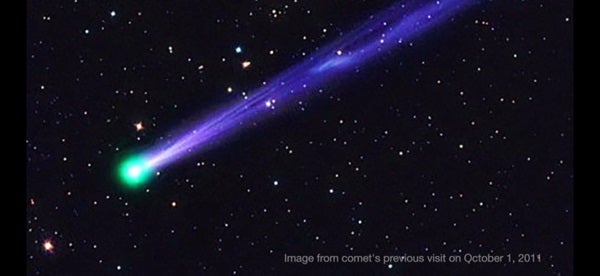The 26 million- to 30 million-year cycle noted is based on several analyses of different craters around the globe. We can date craters on Earth using these methods because we have direct access to them.
The impact cratering histories of the Moon and the other planets in the solar system are not known well enough to look for cycles. In one attempt to find cycles, samples of lunar soil were analyzed by scientists at the University of California, Berkeley. Their work was published March 10, 2000, in the journal Science.
By dating tiny glass spherules — microscopic beads of glass produced from rocks melted by lunar impacts — in the soil, they determined that the rate of asteroid impacts on the Moon (and presumably on Earth as well) has increased in the last billion years, but they could not detect any cyclical changes.










